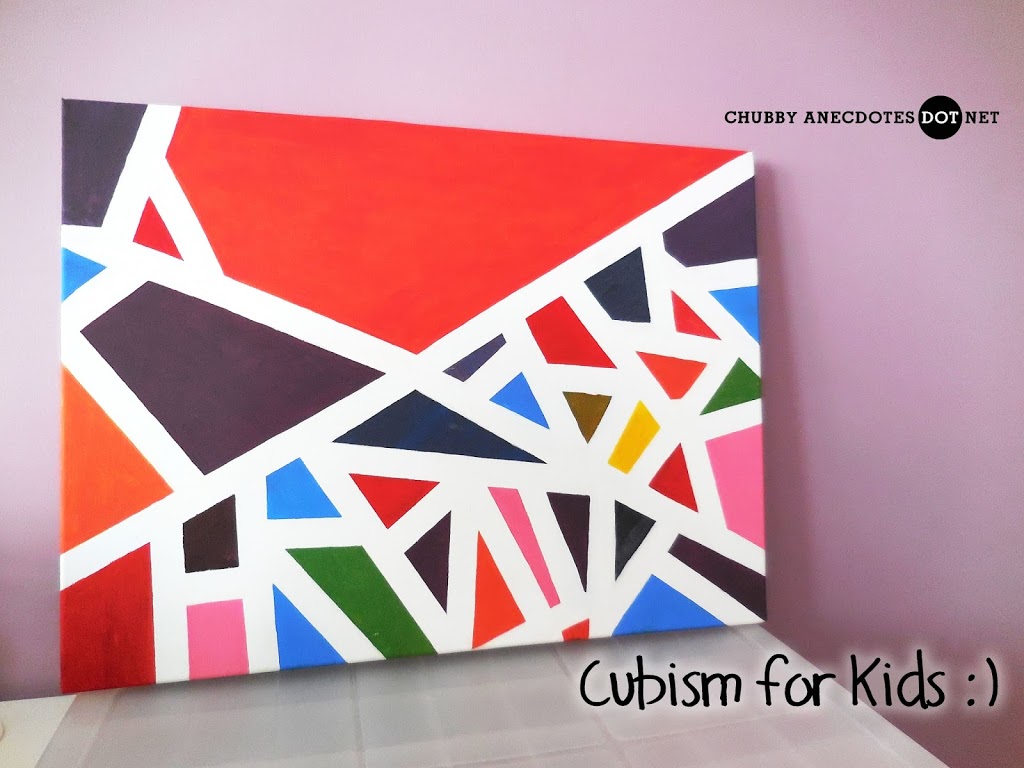
The use of reinforced concrete structure gave cubism an edge in the building industry. Early cubist buildings were made up of bricks which were difficult to cut into geometric shapes making their construction costly and demanding, later concrete became their material of choice as it could be poured into any flexible geometric form. It was no historical comparison so it became revolutionary and faced opposition from others who wanted a steady and structured change.
#EASY CUBISM WINDOWS#
The buildings were distinct with their sharp, clear lines for perspective viewing while the windows have cubic or rectangular and did not necessarily line up with each other and thus creating a revolutionary appearance. It also brought out conceptions like abstraction, geometrization, symbolism, distortion, fragmentation, and illusion. The common characteristics of the buildings of this movement were transparency, spatial ambiguity, form-faceting, and multiplicity. This process also emphasized the two-dimensional flatness of the canvas by breaking down the real world into flat geometric shapes.Ĭhandigarh Assemble Le Corbusier ©en. Cube Houses ©en. Holman House Durbach Block Jaggers ©en. Notre Dame Du Haat Le Corbusier ©en. The Crystal by Daniel Libeskind ©en. Walt Disney Concert Hall by Frank Gehry ©en.įrom 1912, Cubism had become an influential factor in terms of architecture and the architects of the movement borrowed heavily from cubist art regarding geometric forms and shapes, diverse elements could be superimposed, made transparent, or penetrate one another. By doing this, they could suggest three-dimensional qualities and structure without using techniques like perspective and shading. In cubism, the artists used flat geometric shapes to represent the different sides and angles of the objects. The other method employed in three-dimensional painting was tones or shadows, by gradually changing the darkness of the shadow, you can make something look solid. This approach helps in creating the illusion of space. Perspective involves making closer objects bigger and clearer while objects which are away are smaller and less clear.


Artists of the era used to depict three-dimensional art in the two-dimensional medium by employing techniques like linear perspective and tonal gradation. Since the Renaissance in the 15 th Century, the aim of the European artists was to paint the illusion of three-dimensional space in their work so as to mimic the experience of looking through a window onto a real landscape, person, or object.

In 1908 art critic Louis Vauxcelles, saw some landscape paintings by Georges Braque in an exhibition in Paris, and described them as ‘bizarreries cubiques’ which translates as ‘cubist oddities’ – and the term “Cubism” was coined. Cubism is an Avant-Garde Art movement, which was distinct in comparison as every other art style was three-dimensional, this was two dimensional. While the majority of us are familiar with the mentioned artists, their style of art is not that popular, “Cubism”. When one talks about art, Pablo Picasso and Georges Braque can never be omitted from the discussion.


 0 kommentar(er)
0 kommentar(er)
